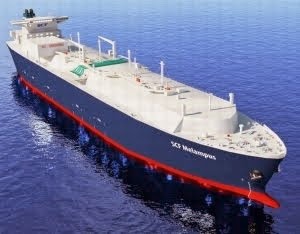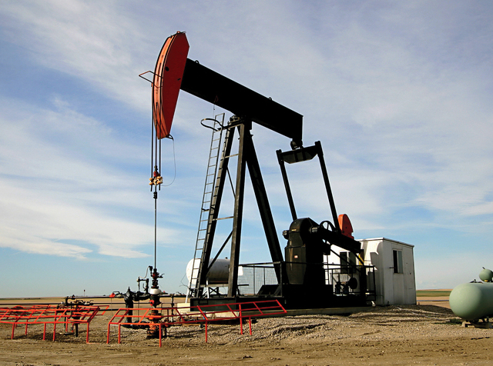Alberta will likely implement energy efficiency measures and public transit when it revamps its climate-change policy to win support for its oil sector, the fastest-growing source of global warming in the country.
The Canadian province plans to have new regulations on emissions “in the near future” and may include a higher carbon price and strategies for cities and consumers to increase energy efficiency and deploy more renewable energy, Robin Campbell, Alberta’s environment minister, said in a phone interview.
“It’s important that as we look at our strategy going forward that we’re able to show real results,” the minister said from Edmonton. “The world is on us and they’re watching very closely what we’re doing.”
The struggle by Alberta’s oil producers for access to new markets, as reflected in President Barack Obama’s delays in approving TransCanada Corp.’s Keystone XL pipeline, is being made amid opposition to oil sands bitumen because of its higher carbon intensity and concerns around air and water pollution. Campbell’s comments counter former Premier Alison Redford’s stand that Alberta wouldn’t enact new greenhouse gas rules until the U.S. does the same for its oil and gas industry.
The province in 2008 targeted a reduction of greenhouse gas emissions by 50 million metric tons by 2020, which Campbell said he’s “comfortable” that Alberta will reach.
“Considerable improvement” is required by the province to help it reach its own, as well as Canada’s, emission targets, according to a study last year by the Calgary-based Pembina Institute, an environmental consultancy. Alberta’s electricity production is dominated by coal and natural gas and makes up half of the country’s emissions from power generation.
Meanwhile, the federal government has committed to reducing emissions by 17% by 2020 from 2005 levels, a target that will require stricter regulations for the oil and gas sector, the Pembina study said. Those rules have been delayed for several years under Prime Minister Stephen Harper.
Alberta, Canada’s wealthiest province per capita, may enact stricter regulations before the federal government imposes rules on the sector, Campbell said. “Politics can always throw a screw into things.”
“In Alberta, market access is important to us,” the minister said. “We want tidewater prices, so we have to get to the coast.” Alberta is one of two land-locked Canadian provinces.
Western Canada Select, the nation’s benchmark heavy crude, traded at a $19.10 discount to West Texas Intermediate at the close on Tuesday. The gap has been as wide as $42.50 in recent years and costs the Canadian economy C$50 million ($45.5 million) a day, according to the Canadian Chamber of Commerce.
As part of Alberta’s existing climate change mitigation efforts, the provincially-funded Change and Emissions Management Corporation yesterday announced the winners of a competition to find uses for carbon.
Alberta currently requires companies that emit more than 100,000 metric tons of greenhouse gases a year to cut emissions per barrel by 12% or pay a penalty of C$15 per ton. The proceeds from the levy are paid into a fund that companies can use to develop technology to cut carbon output. It has collected about C$400 million as of Jan. 2, according to the government.
The Alberta price for carbon compares to about 5 euros ($6.91) a ton for emissions permits on London’s ICE Futures exchange.
The new Alberta regulations need to result in “real reductions” of carbon dioxide, said Campbell. “Of course we’re not seeing the real reductions in the oil sands because demand for energy is growing.”
Providing useful resources, articles and writings on crude oil, other petroleum products, energy and gas. By Tolfem Investments Limited, online.

 Tolfem Investments Limited is a leader in the of Nigerian
Bonny Light Crude Oil (BLCO) sales market. As a privately held company, Tolfem Investments Ltd. is committed to and is focused on delivering reliable services to all her
clients.
Tolfem Investments Limited is a leader in the of Nigerian
Bonny Light Crude Oil (BLCO) sales market. As a privately held company, Tolfem Investments Ltd. is committed to and is focused on delivering reliable services to all her
clients.  Tolfem Investments Ltd has an excellent track record
of reliability in the supply of Bonny light crude oil, BLCO. We protect our buyers with 2% Performance Bond while we also expect protection from our customers with bank
instrument from the world's top banks. We deliver on TTO, TTT, CIF and FOB basis.
Tolfem Investments Ltd has an excellent track record
of reliability in the supply of Bonny light crude oil, BLCO. We protect our buyers with 2% Performance Bond while we also expect protection from our customers with bank
instrument from the world's top banks. We deliver on TTO, TTT, CIF and FOB basis.
